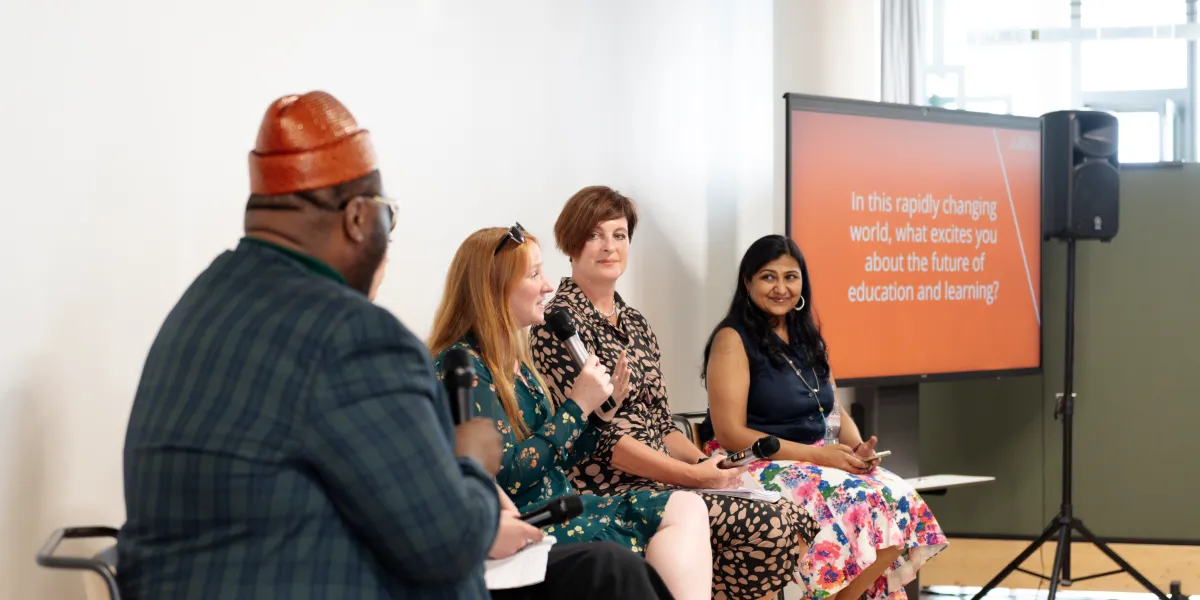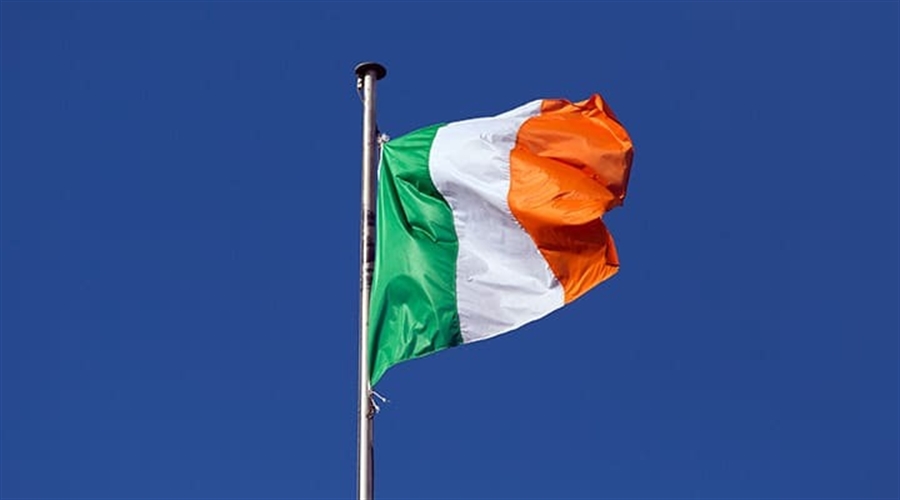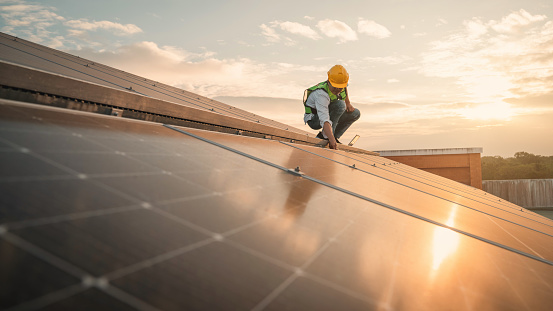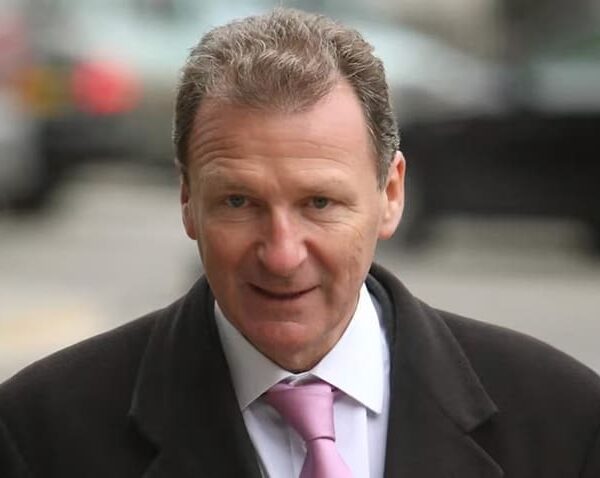
In 2022, designers from ten of the world’s largest organizations joined hands for a charitable cause. Their alliance, Design for Good, brainstormed ideas on how to tackle the United Nations (UN) Sustainable Development Goals (SDGs), and worked with organizations on the ground to make sure they worked in practice.
“Every time you design something, you’re making an active choice on the future you want to build,” Ben Sheppard, Design For Good founder and former McKinsey head of global design research, tells Fortune.
The Design For Good alliance includes global companies like Microsoft, General Mills, LIXIL, Airbus and DBS, among others, as members.
While designers make up less than 1% of working professionals, they “have to sit up and take responsibility,” he says, given the potential that they have to make change happen.
The first cohort of designers for Design For Good wrapped up their work in 2024; now, their projects are starting to be implemented in real world conditions, and potentially show whether design really can tackle global problems.
Design for Good works in two-year timelines, tackling one SDG at a time. The first cohort, which started in 2022 and wrapped last year, focused on trying to improve sanitation and access to clean water.
The alliance is now in the middle of its second cohort, which started in 2024 and targets access to quality education.
Yet the results of Design For Good’s first set of designs are still scaling today.
Sheppard cited WaterStarters—an app born of the 2022 cohort—as an example. The app is designed for technicians and franchisee managers overseeing rural water resources in Kenya, allowing them to track and complete maintenance tasks. It is free to download on the Google Play store.
According to its Play store listing, WaterStarters’ creators built the app to empower local communities to safeguard their water resources, and “ensure a consistent and reliable water supply” to improve “health, hygiene and economic opportunities.”
To date, Sheppard says the app has helped over 50,000 people in Kenya access clean drinking water. By the end of 2030, this number could increase to 1.5 million.
Another initiative, Design For Good’s designers helped create the Uhuru care cards—a menstrual health education tool—in partnership with a charity, Her Best Foot Forward.
“In Africa, girls are stigmatized as unclean, and are not supposed to go to school when they’re on their period, causing them to miss as much as a month of school each year,” Sheppard says.
Design for Good reached out to a local artist to create culturally-relevant material. “[We wanted to] work together on something that isn’t the West pushing their images, is culturally sensitive, and uses personas meaningful to the girls in our community,” Sheppard explains.
The cards have been introduced to over 10,000 students across 12 schools in Tanzania, and gained traction in neighbouring Uganda, where they have been rolled out in four schools.
Before Design for Good decides which SDG to target, it consults with the UN to understand which goal the world is most lagging behind on. It then studies the key performance indicators set by the UN, and determines which can benefit from an extra jolt of design, research, and engineering input.
“There are some [goals] which are much better suited for government policy, and others which are much better for direct action,” Sheppard says.
Finally, Design for Good assesses the capabilities of their alliance members. “Many of them will publish their own sustainability reports, their own areas of focus and expertise—and we want to bring the best of their abilities to the UN goals,” he explains.
Once an SDG is chosen, the alliance nominates an expert as their advisor. They brought on Gilbert Houngbo—then chair of UN Water—for the first cohort, and Valtencir M. Mendes, UNESCO’s chief of education, for their second.
“We try to have someone who is able to guide [the designers] and make sure that we make the best use of the knowledge which is available,” Sheppard says.
Looking forward, Design for Good’s third iteration will be its first “dual cycle,” where the SDGs of achieving human and planetary health will be tackled in tandem. It will begin in September 2026, and end in 2030.
“You can’t have a dying planet with healthy humans in it,” Sheppard explains, when asked why the two SDGs were chosen. “There’s a lot of research which shows that people’s health and the environment around them are inextricably interlinked.”
Fortune’s Brainstorm Design conference returns on Dec. 2 at the MGM Macau! Join speakers like Gilbert Workshop managing partner Phil Gilbert, Design for Good founder Ben Sheppard, IDEO CEO Mike Peng, and Samsung chief design officer Mauro Porcini for a day of deep discussions on this year’s theme: “Future Tense: Prototyping Tomorrow.” Register here!















